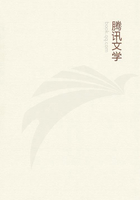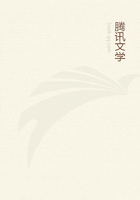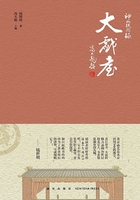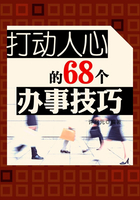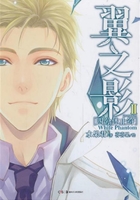The quadrangle of the university building at Padua is surrounded by beautiful arcades, the walls and ceilings of which are everywhere covered with the stemmata, or shields, of former students, many of them brilliantly painted. Standing in the arcade on the side of the "quad" opposite the entrance, if one looks on the ceiling immediately above the capital of the second column to the left there is seen the stemma which appears as tailpiece to this chapter, put up by a young Englishman, William Harvey, who had been a student at Padua for four years. He belonged to the "Natio Anglica," of which he was Conciliarius, and took his degree in 1602. Doubtless he had repeatedly seen Fabricius demonstrate the valves of the veins, and he may indeed, as a senior student, have helped in making the very dissections from which the drawings were taken for Fabricius' work, "De Venarum Osteolis," 1603. If one may judge from the character of the teacher's work the sort of instruction the student receives, Harvey must have had splendid training in anatomy. While he was at Padua, the great work of Fabricius, "De Visione, Voce et Auditu" (1600) was published, then the "Tractatus de Oculo Visusque Organo" (1601), and in the last year of his residence Fabricius must have been busy with his studies on the valves of the veins and with his embryology, which appeared in 1604. Late in life, Harvey told Boyle that it was the position of the valves of the veins that induced him to think of a circulation.
Harvey returned to England trained by the best anatomist of his day. In London, he became attached to the College of Physicans, and taking his degree at Cambridge, he began the practice of medicine. He was elected a fellow of the college in 1607 and physician to St. Bartholomew's Hospital in 1609. In 1615 he was appointed Lumleian lecturer to the College of Physicians, and his duties were to hold certain "public anatomies," as they were called, or lectures. We know little or nothing of what Harvey had been doing other than his routine work in the care of the patients at St. Bartholomew's. It was not until April, 1616, that his lectures began. Chance has preserved to us the notes of this first course; the MS. is now in the British Museum and was published in facsimile by the college in 1886.[26]
[26] William Harvey: Prelectiones Anatomiae Universalis, London, J. & A. Churchill, 1886.
The second day lecture, April 17, was concerned with a description of the organs of the thorax, and after a discussion on the structure and action of the heart come the lines:
W. H. constat per fabricam cordis sanguinem per pulmones in Aortam perpetuo transferri, as by two clacks of a water bellows to rayse water constat per ligaturam transitum sanguinis ab arteriis ad venas unde perpetuum sanguinis motum in circulo fieri pulsu cordis.
The illustration will give one an idea of the extraordinarily crabbed hand in which the notes are written, but it is worth while to see the original, for here is the first occasion upon which is laid down in clear and unequivocal words that the blood CIRCULATES. The lecture gave evidence of a skilled anatomist, well versed in the literature from Aristotle to Fabricius. In the MS. of the thorax, or, as he calls it, the "parlour" lecture, there are about a hundred references to some twenty authors. The remarkable thing is that although those lectures were repeated year by year, we have no evidence that they made any impression upon Harvey's contemporaries, so far, at least, as to excite discussions that led to publication. It was not until twelve years later, 1628, that Harvey published in Frankfurt a small quarto volume of seventy-four pages,[27] "De Motu Cordis." In comparison with the sumptuous "Fabrica" of Vesalius this is a trifling booklet; but if not its equal in bulk or typographical beauty (it is in fact very poorly printed), it is its counterpart in physiology, and did for that science what Vesalius had done for anatomy, though not in the same way. The experimental spirit was abroad in the land, and as a student at Padua, Harvey must have had many opportunities of learning the technique of vivisection; but no one before his day had attempted an elaborate piece of experimental work deliberately planned to solve a problem relating to the most important single function of the body. Herein lies the special merit of his work, from every page of which there breathes the modern spirit. To him, as to Vesalius before him, the current views of the movements of the blood were unsatisfactory, more particularly the movements of the heart and arteries, which were regarded as an active expansion by which they were filled with blood, like bellows with air. The question of the transmission of blood through the thick septum and the transference of air and blood from the lungs to the heart were secrets which he was desirous of searching out by means of experiment.
[27] Harvey: Exercitatio Anatomica de Motu Cordis et Sanguinis in Animalibus, Francofurti, 1628.


